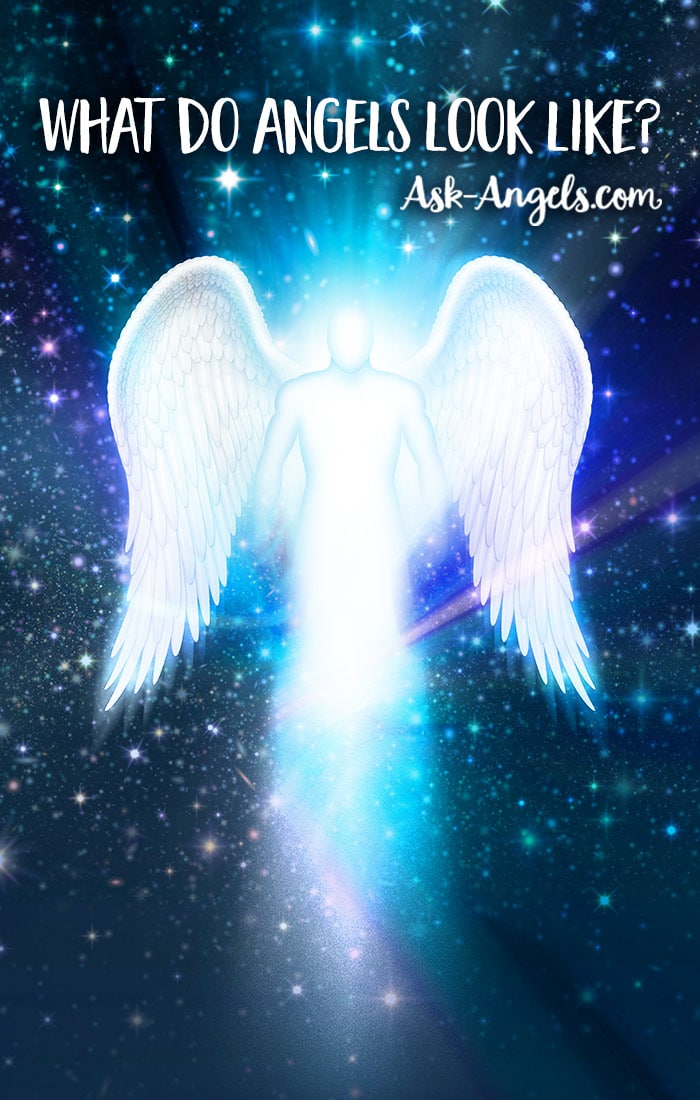The concept of angels has captivated human imagination for centuries, transcending cultures and religions to become symbols of hope, protection, and divine guidance. From ancient texts to contemporary interpretations, the image of angels often dances between the ethereal and the tangible, leaving many to ponder: what do angels look like? This question not only invites speculation but also reveals the depth of humanity's yearning for connection to the divine. As we delve into the characteristics attributed to angels, we will explore their appearances, symbolism, and the impact they have on our understanding of the spiritual realm.
Angels are frequently depicted as celestial beings, often possessing ethereal qualities that set them apart from the earthly realm. Their appearances can vary greatly depending on cultural, religious, and artistic interpretations. Some envision them with majestic wings and radiant halos, while others describe them in more abstract or even human forms. The ambiguity surrounding their appearance only adds to the intrigue of what angels might truly look like.
As we explore the various depictions of angels throughout history and across different cultures, we will also consider how these representations influence our beliefs and experiences. By understanding the visual aspects associated with angels, we can gain insight into the ways they are viewed as intermediaries between humanity and the divine. So, what do angels look like? Join us on this journey to uncover the many facets of angelic imagery and the meanings behind them.
What Do Angels Look Like in Different Cultures?
Across the globe, angels are represented in diverse ways, reflecting the unique beliefs and artistic styles of various cultures. Here are a few notable examples:
- Christianity: In Christian tradition, angels are often depicted as beautiful, benevolent beings with wings and glowing auras, symbolizing their divine nature.
- Islam: Angels in Islamic theology are usually portrayed as powerful beings who do not possess free will and serve as messengers of Allah, often envisioned in a more abstract form than in Christianity.
- Judaism: In Jewish texts, angels can take on various forms, sometimes appearing as human beings or even as manifestations of God's will, showcasing their multifaceted nature.
What Do Angels Look Like in Art and Literature?
Art and literature have played significant roles in shaping our perceptions of angels. From classical paintings to modern novels, angels have been depicted in ways that often reflect the artist's or author's intentions:
- Renaissance Art: During this period, artists like Raphael and Michelangelo created iconic representations of angels, emphasizing their beauty and grace.
- Modern Literature: Contemporary authors often explore the duality of angels, portraying them as both benevolent guardians and complex, sometimes flawed beings.
What Do Angels Look Like According to Religious Texts?
Religious texts provide a wealth of descriptions regarding the appearance of angels. For instance:
- The Bible: The Book of Isaiah describes seraphim as having six wings, while the Book of Ezekiel mentions cherubim with multiple faces.
- The Quran: Angels are described as powerful beings who carry out God's commands, but specific physical descriptions are often absent, emphasizing their spiritual nature.
Do Angels Have a Specific Appearance?
While many people envision angels in a specific way, the truth is that their appearances can be highly subjective. Some common characteristics include:
- Wings: Often seen as a symbol of their ability to traverse the spiritual and physical realms.
- Light: Many descriptions emphasize a radiant glow or halo surrounding angels, representing their divine origins.
- Human-Like Features: In many interpretations, angels are depicted as having human-like forms, which allows for relatability and connection.
What Do Angels Look Like in Personal Experiences?
People often report personal encounters with angels, providing anecdotal evidence of their appearances. These descriptions include:
- Visions: Individuals have described seeing angels during moments of crisis or deep meditation, often depicting them as comforting figures.
- Dreams: Many share stories of angelic figures appearing in their dreams, providing guidance or reassurance.
Are There Different Types of Angels?
Yes, various types of angels are mentioned in religious texts and cultural lore. Some of the most recognized include:
- Seraphim: Often depicted as fiery beings with six wings, associated with worship and praise.
- Cherubim: Traditionally portrayed as guardians of divine mysteries, often represented with multiple faces and wings.
- Archangels: Higher-ranking angels, such as Michael and Gabriel, who serve as messengers and protectors.
What Do Angels Look Like in Contemporary Culture?
In modern society, the portrayal of angels has evolved, often reflecting contemporary values and aesthetics. Some common themes include:
- Guardian Angels: The concept of a personal guardian angel has become popular, representing protection and guidance in everyday life.
- Angel Symbols: With the rise of spirituality, angel symbols, such as feathers and charms, have gained popularity as reminders of divine presence.
Conclusion: What Do Angels Look Like to You?
Ultimately, the question of what do angels look like remains open to interpretation. Whether through religious texts, artistic representations, or personal experiences, angels have taken on many forms throughout history. Their appearances are often a reflection of our hopes, fears, and desires for connection to the divine. As we continue to seek understanding of these celestial beings, we are reminded that their true essence transcends physical attributes, embodying the love and guidance that many of us yearn for in our lives.


